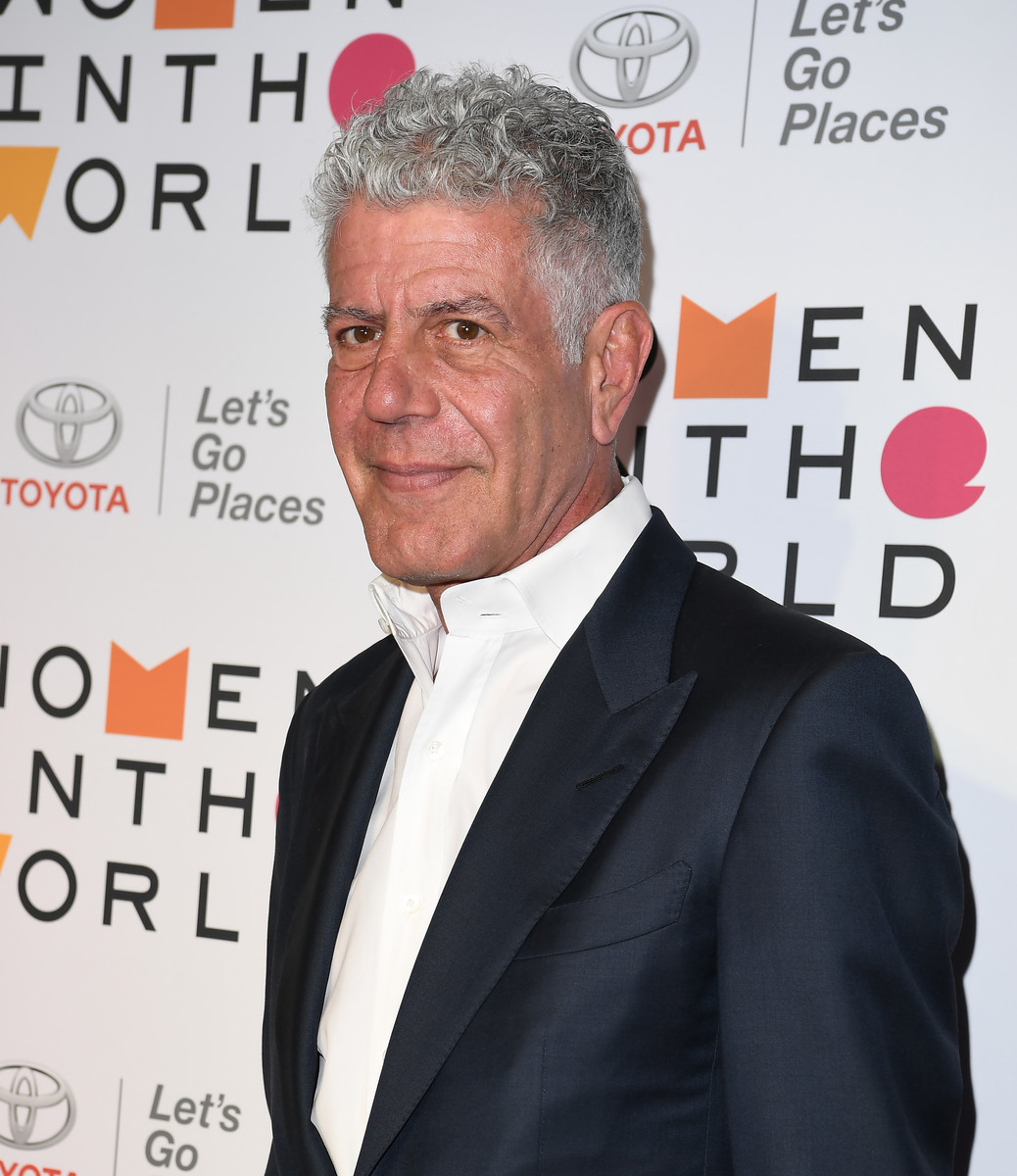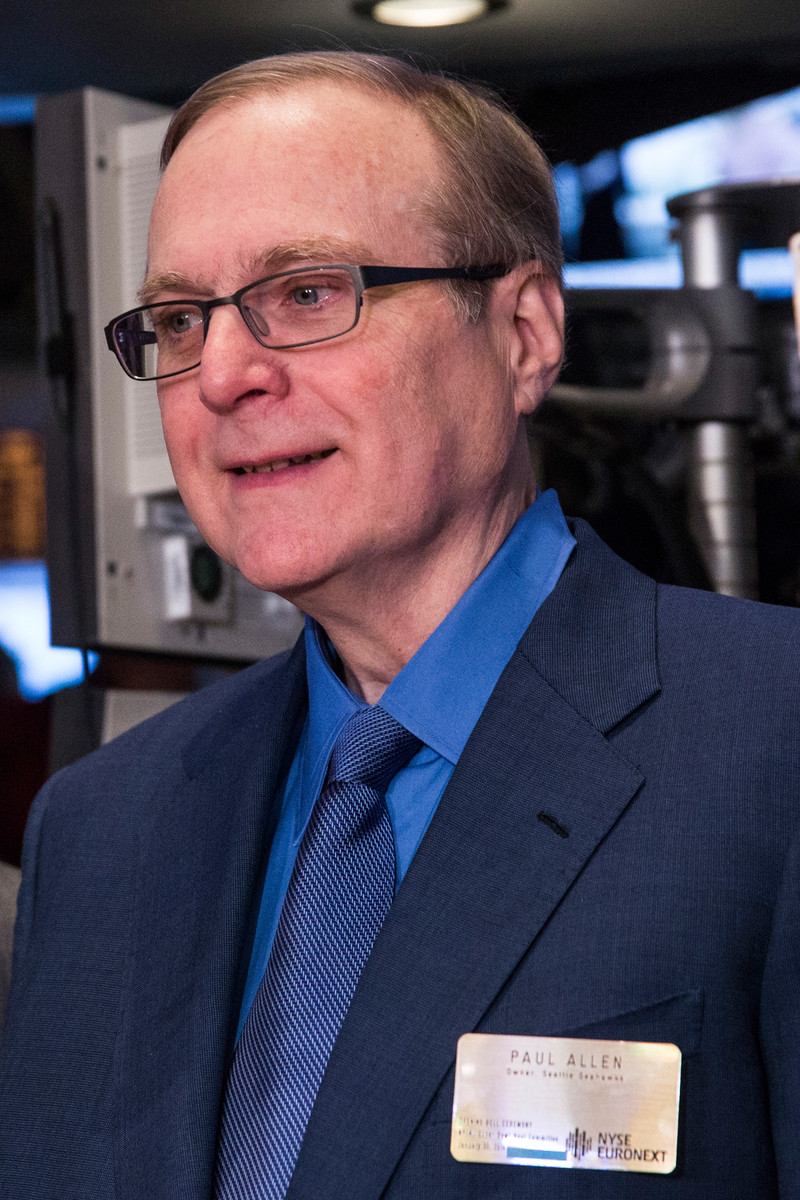PARIS: From soul diva Aretha Franklin to astrophysicist Stephen Hawking and former UN chief Kofi Annan, here are some of the notable figures who passed away in 2018:
Dolores O’Riordan, singer-songwriter of Irish band The Cranberries, drowned accidentally in a hotel bath aged 46.

Ingvar Kamprad, Swedish founder of affordable flat-pack furnishing empire IKEA, passed away at home aged 91.

French fashion designer Hubert de Givenchy, famous for the “little black dress,” died in his sleep aged 91.

Physicist Stephen Hawking, Britain’s most famous modern-day scientist and known for popularising the secrets of the universe, died at home aged 76. He spent most of his life in a wheelchair and communicated via a computer speech synthesiser.

Winnie Madikizela-Mandela, former wife of Nelson Mandela and an anti-apartheid icon in her own right, died in hospital aged 81 and after a long illness.

Barbara Bush, the wife of US president George H.W. Bush (in office between 1989 and 1993) and mother of president George W. Bush (2001-2009), passed away aged 92.

Swedish superstar DJ Avicii, whose real name was Tim Bergling, was found dead in Muscat aged 28, reportedly after committing suicide.

American handbag designer Kate Spade committed suicide at the age of 55.

US chef and television food show host Anthony Bourdain, 61, committed suicide in Alsace, eastern France, where he was filming for his Emmy-winning CNN food and travel program “Parts Unknown.”

XXXTentacion, a 20-year-old rapper whose grim rhymes propelled him to the top of the US chart, was shot in Florida in a possible robbery attempt.

French “chef of the century” Joel Robuchon, who at one point held a record 32 Michelin stars at the same time, died aged 73 from pancreatic cancer.

Aretha Franklin, American “Queen of Soul” behind hits such as “Respect” and “Natural Woman,” died of cancer aged 76. Her nearly eight-hour funeral was attended by former presidents, stars and musical royalty.

Kofi Annan, secretary general of the United Nations between 1997 and 2006, died after a short illness at age 80. He was given a state funeral in his native Ghana.

John McCain — US Republican senator, Vietnam War hero and two-time presidential candidate — died aged 81 following a year-long battle with brain cancer.

Charles Aznavour, legendary French-Armenian crooner, passed away at the age of 94.

Paul Allen, co-founder of Microsoft with Bill Gates and later a billionaire and philanthropist, died from cancer aged 65.

Gilberto Benetton, one of the founders of the eponymous Italian clothes brand, died aged 77 after an illness.

American comics legend Stan Lee — co-creator of global action hero favorites including Spider-Man, Hulk, Iron Man, X-Men and Black Panther — passed away aged 95.

Former US president George H.W. Bush died aged 94, just months after his wife of 73 years, Barbara Bush. They were the parents of president George W. Bush.

Belgium’s richest man, multi-billionaire entrepreneur Albert Frere, passed away aged 92.

























